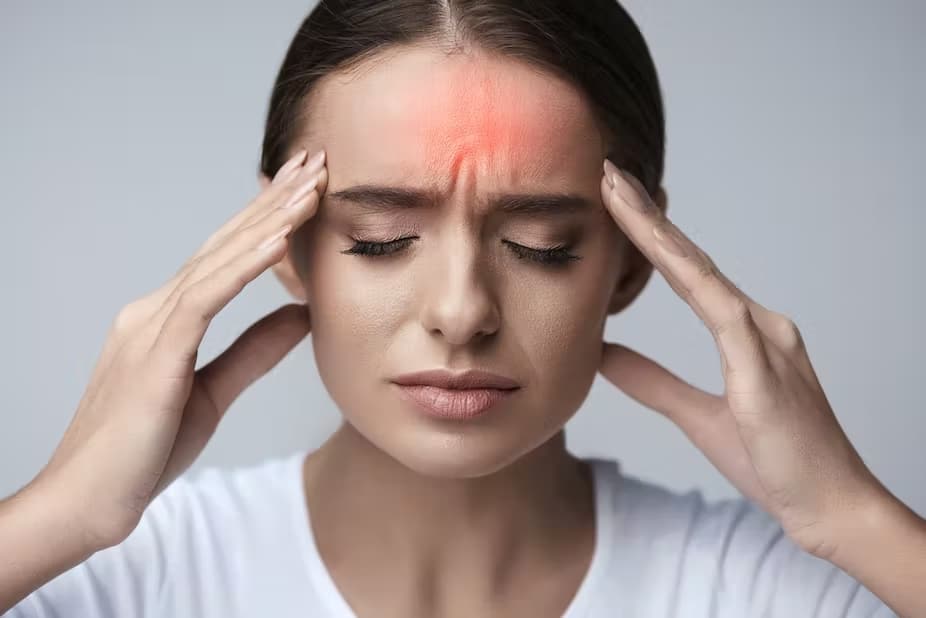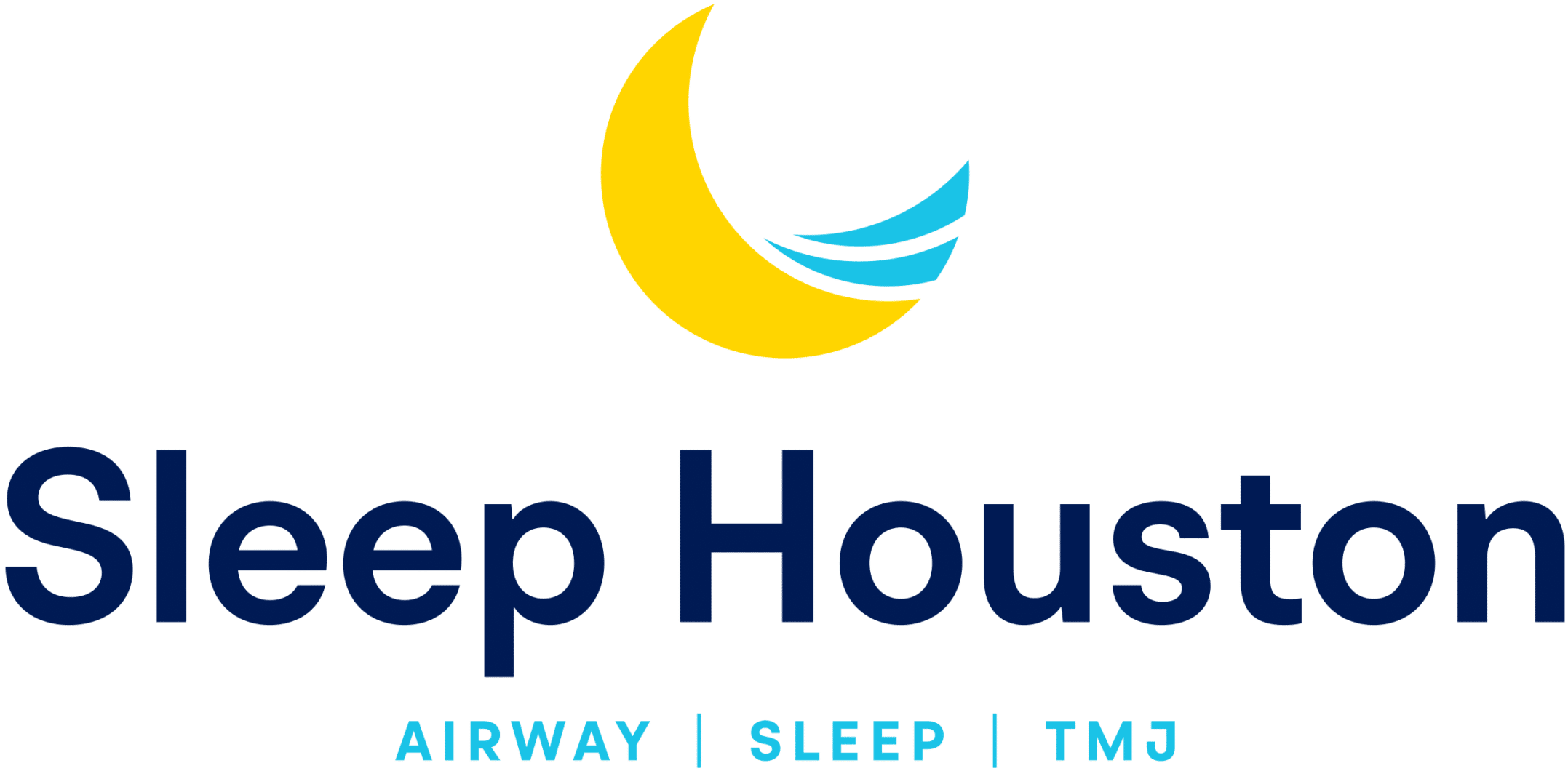There Are Several Distinct Types Of Headaches
Tension and migraine headaches are the most commonly diagnosed forms of headaches.
Migraine headaches are associated with neurological symptoms and may include light sensitivity, sound intolerance, and dizziness.
Sinus headaches may give the patient a sense of pressure in the forehead or under the eyes.
If you are under the care of a physician and your headaches are being managed well, you are fortunate. If you are having headaches that have not been professionally diagnosed and finding yourself frustrated by a lack of any significant relief, a dentist that has been trained in treating headaches may be able to help.

There are significant neuromuscular and jaw positioning factors that often contribute to these conditions that many physicians are unaware of because their training did not focus on these newer treatment modalities.

Treatment
The headache cases that seem to be nonresponsive to conventional pharmaceutical therapies are the headache types that we specialize in treating – tension and migraine headaches. We have treated hundreds of patients successfully using a discipline of noninvasive appliance therapy and little to no use of pharmaceuticals. Oral appliance therapy has been found to be very effective in many of these situations.
We use a variety of oral appliances. There is no “one-size-fits-all magic bullet” that works on every patient. This is because each patient has unique medical and dental circumstances that vary, so it is critical that the proper design and appliance type be determined to meet the needs of each individual situation.
A very generic term for an appliance of this type of oral device is called an occlusal orthotic appliance. The theory behind many of these designs involves the phenomenon known as proprioception. This is the brain’s subconscious and intuitive ability to know where your individual body parts are relative to each other. That is how you can close your eyes and take your index finger and place it on the tip of your nose or even in your ear canal very precisely – when you think in depth about that simple act it is just one very small example of how our subconscious mind functions on a daily basis and can be translated into hundreds of actions that take place every waking hour internally and externally in our bodies.
Here is why that is important regarding migraine and tension headaches and most clenching situations. Physiologically your upper and lower teeth should contact each other in only two instances:
- When you chew
- When you swallow
(Try to swallow with your teeth apart – you can do it, but it feels awkward because your jaws need to be braced against your teeth for the swallowing muscles to work efficiently.)
When you are not chewing or swallowing, your jaw should be relaxed and a space 1/4 inch or so should exist between your upper and lower teeth. If your teeth are together due to subconscious clenching, this is not a normal position. (You do not have to be bearing down with any force – just the fact that your teeth are together means the muscles of mastication are contracting.) Teeth chronically together also compresses the TMJ joint, and if the meniscus or TMJ cartilage is not in the correct position, this closed position will not allow the joint to function properly or to heal properly if we are attempting to treat the joint. Massage therapy may bring temporary relief, but soon the closed clench syndrome returns and the symptoms are back again.
Here Is the Information You Need to Understand
When your back teeth (molars) are in contact, that sends the message to your brain that you are in “chewing mode,” so the brain sends a message back to the muscles activating the muscles of mastication – primarily the temporalis muscles (over your temples) and the masseter muscles in you cheek area. If these muscles have been “working” all night or all day, in some instances it often results in the migraine-like or tension headaches that can be so debilitating. Sound and light may become unbearable for many patients, on top of the screaming pain.
Here is where it gets interesting. Your back teeth were designed for chewing forces in excess of 1,000 lbs., per square inch (PSI). Your front teeth were designed for smiling and incising or cutting food at a much lower PSI. Your brain knows that if you bite down on your front incisors with the same force as it does on the molars, these teeth will break or fracture, so your brain will not allow the temporalis or masseter muscles to contract at a PSI greater than the incisors were designed to absorb. So when the brain senses that your incisors are touching, it shuts down these muscles to protect the teeth. This natural physiological phenomenon is a built-in protective reflex mechanism that we are just now beginning to understand and harness as a way to easily treat the pain syndromes without pharmaceuticals and in a natural noninvasive manner.
This appliance is designed so that your front incisors hit the little table that sticks out on the front of the appliance, preventing the contact of the molar (chewing) teeth. This sends the proprioceptive signal to the brain to shut down the contractions of the temporalis and masseter muscles, resulting in a cessation of the tension/migraine-type headaches.
A Simple Test...
A simple test is to place your fingertips over the temple areas in front of and above your ears and then clench your molars together with force. You will feel the temporal muscles “pop” out as the muscle contracts. Now place your front incisors together as if taking a bite out of an apple. Try as you may, you will not be able to force your muscles to bite down as hard when your incisors touch because your brain knows these teeth will eventually break if these muscles are allowed to contract with full force – to prevent this from happening it sends the neurological signal to these muscles to shut them down.
This is the simple proprioceptive reflex that we now understand and anticipate to stop the chronic subconscious clenching. The appliance also works to protect the teeth from trauma to the temporomandibular joint and cartilage.
The appliance is not designed for 24-hour-a-day usage and it is not usually designed for chewing food. Most of our patients wear this at night and also during certain times of the day if they feel that they are subject to higher stress or anxiety levels and could be susceptible to tension and migraine headaches.
To learn more about tension and migraine headache treatment, contact our office to schedule an appointment: 713-828-8587.

